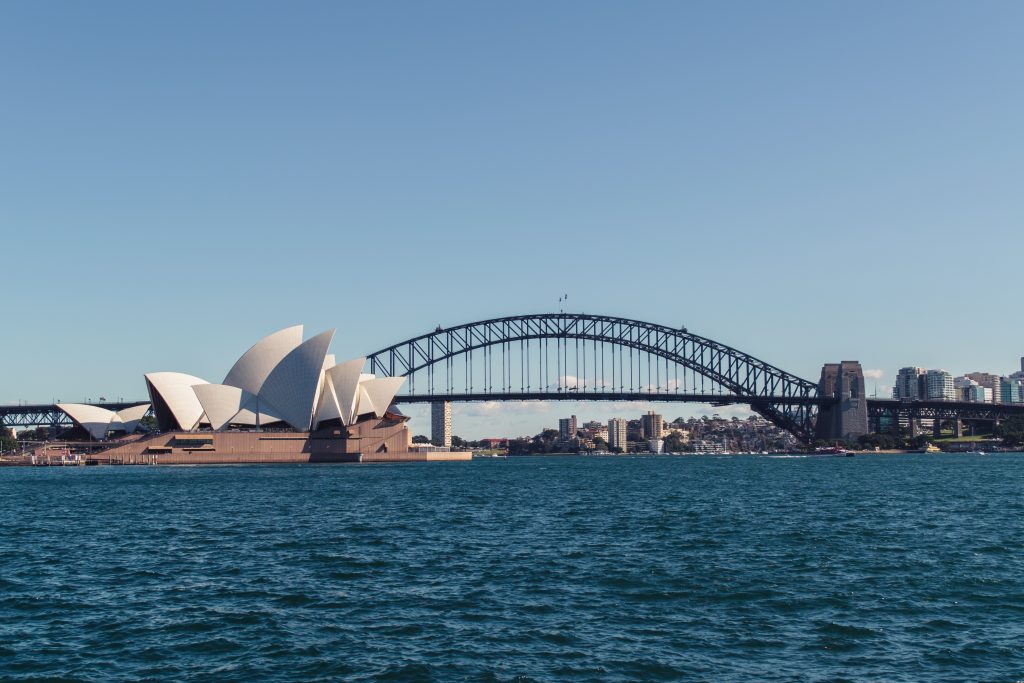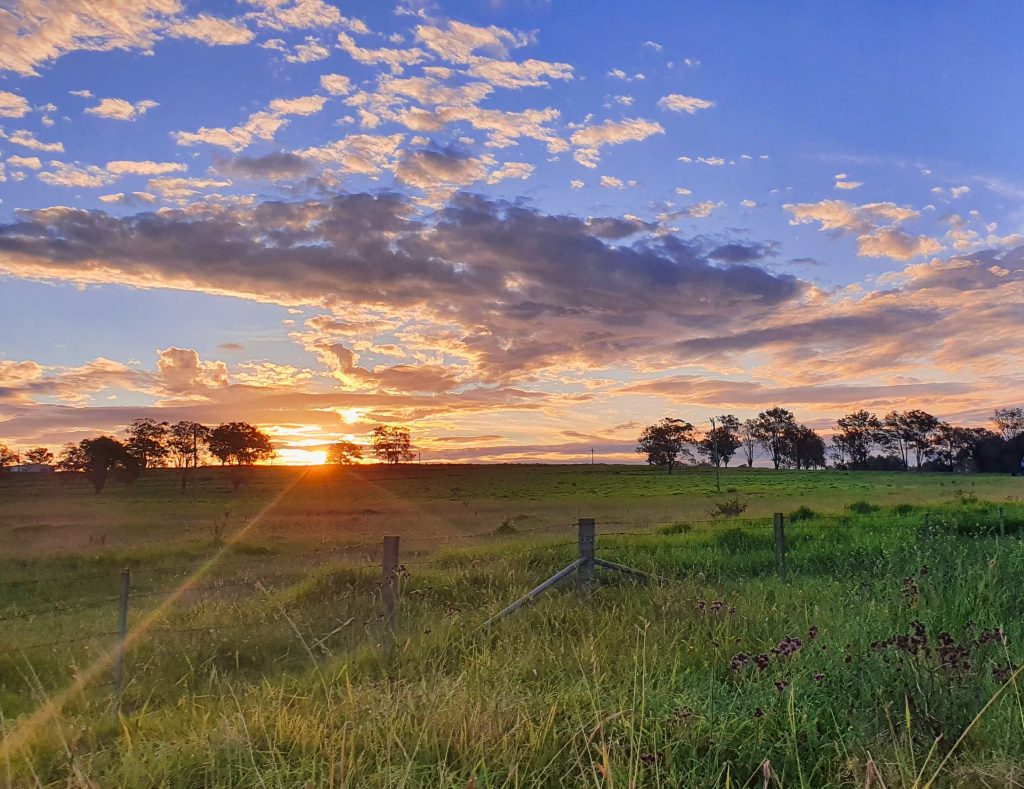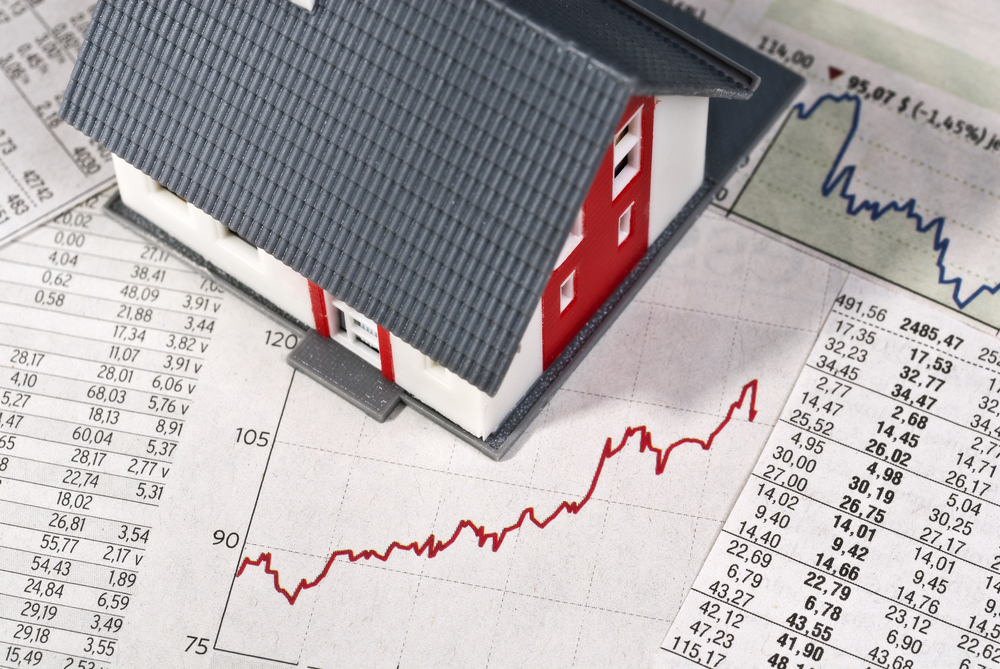Property Market Trends to Watch in 2022

Australia’s property market has continued to boom, despite multiple lockdowns and a global pandemic. As we move towards the tail end of the year, it’s time to put 2021 behind us and start planning for the future.
With the gradual return to the workplace and international borders slated to reopen, 2022 will mark the beginning of a fresh wave of trends on the property market. Below, we take a look at 5 trends to keep an eye on if you own a home or are looking to buy property in the New Year.
1. House prices will continue to rise

Those who thought the property market would slow down after the COVID-19 pandemic are in for a rude awakening. According to Finder’s latest RBA Cash Rate Survey, experts predict Sydney’s average house prices are expected to rise by a whopping $102,306 on average, or 8%, by the end of 2022. In Melbourne, experts expect house prices in 2022 to increase by $74,800 on average, which represents a 9 per cent increase on 2021 prices.
The projected surge in house prices has been attributed to a number of factors, but one of the most significant is the reopening of international borders. As potential overseas investors return to the market, there will be even more competition for existing properties — which in turn will drive prices up.
2. Rental properties will be in demand

Alongside the return of overseas investors, the reopening of Australia’s borders will spark renewed demand for rental properties as international students and travellers flock to the country. In Finder’s survey, 76% of experts believe there will be an increase in the number of rental properties on the market.
This could put additional pressure on an already-struggling market, particularly outside Sydney and Melbourne. While Australia’s biggest cities had a rental vacancy rate of 2.4% and 3.4% respectively at the end of September, other cities recorded lower-than-average vacancies.
In September 2021, rental vacancies were sitting at just 0.6% in Perth and Darwin, and 0.5% in Adelaide — the latter two of which were at a multi-year low. Hobart had the lowest vacancy rate at 0.4%.
According to Domain’s chief of research and economics Nicola Powell:
“I do think we will see additional pressure on rental markets in Melbourne and Sydney once overseas migration goes back to normal. We know that the majority of people arriving from overseas choose Sydney or Melbourne as their destination, we have seen those rental markets have a greater disruption because of a lack of overseas migrants.”
If you’ve been on the fence about buying an investment property, 2022 is the year to stop thinking and start acting. Get in touch with us today and see how much you could borrow for an investment property.
3. Aussies will continue flocking to regional areas

Over the past year, we’ve seen a boom in regional property markets as more Australians trade in the convenience of the city for a slower pace of life and more affordable living.
Demand for real estate in regional Australia has outpaced growth in capital cities, with house prices increasing at a whopping 12.5%. At the same time, net migration to regional Australia is at the highest level on record, with 43,000 Australians relocating to these areas from capital cities.
Even with a return to the office, this trend is likely to continue as employees negotiate flexible work conditions that allow them to work remotely.
Thinking of making a sea change? Check out these downsizing tips from Coastline Agency’s Jamie Van Le.
4. Interest rates may rise (eventually)

The RBA has not risen cash rates for more than 130 consecutive months and recent announcements suggest that low interest rates will be here to stay in the coming months. However, as Australia bounces back from the COVID-19 pandemic and inflation continues to rise, it’s likely that we’ll see adjustments as early as next year or in 2023.
“Low interest rates are the main channel through which people are taking on more debt. [It] can become a concern in terms of not only affordability for low income households, but also it creates a lot of potential financial instability and risk.” — Maxime Darmet, Fitch Ratings
This rise in interest rates could also be accompanied with a steep drop in house prices, with economists at Commonwealth Bank forecasting that the property market will peak in late 2022 before correcting by up to 10% in 2023.
5. The APRA will further tighten lending standards

In October, the Australian Prudential Regulation Authority (APRA) increased the minimum interest rate buffer to 3% above the loan product rate. This move was done in response to Australia’s current lending climate: with household debt reaching record highs in 2021, experts believe that the growth in household credit will outpace the growth in household income in the future.
Looking to 2022, it’s likely that the APRA will clamp down on lending standards in response to riskier lending policies from banks across Australia. These changes to financial regulation policies are expected to be released in an upcoming information paper.
Buying a house in 2022?
Seek a sharper home loan rate with Rateseeker. With access to low rates from 30+ lenders and a team of seasoned brokers at your fingertips, we’ll put you in the best position possible to secure your dream home in 2022. Best of all, it’s completely free to get started. Contact us today for your obligation-free consultation.
** General Advice Warning
The information provided on this website is general in nature only and it does not take into account your personal needs or circumstances into consideration. Before acting on any advice, you should consider whether the information is appropriate to your needs and where appropriate, seek professional advice in relation to legal, financial, taxation, mortgage or other advice.




